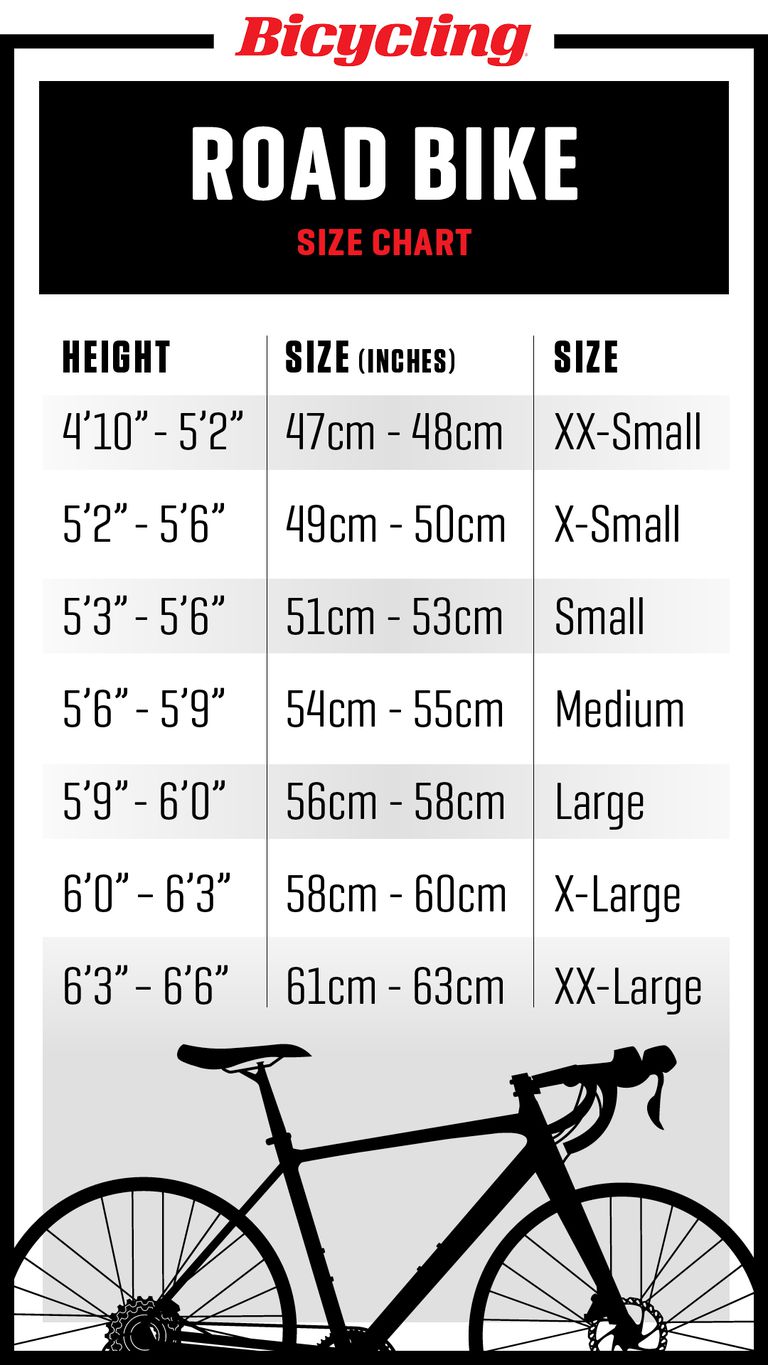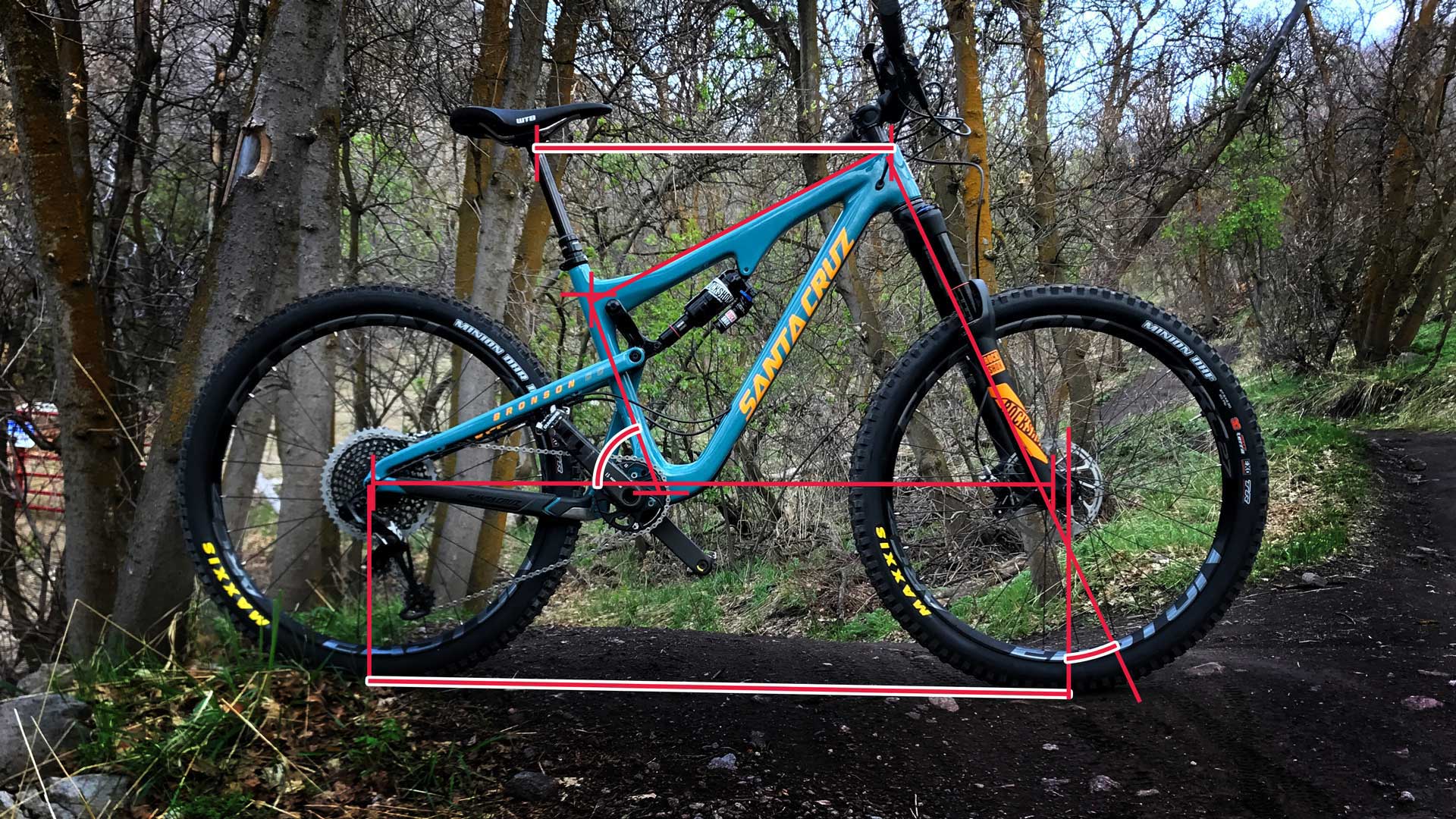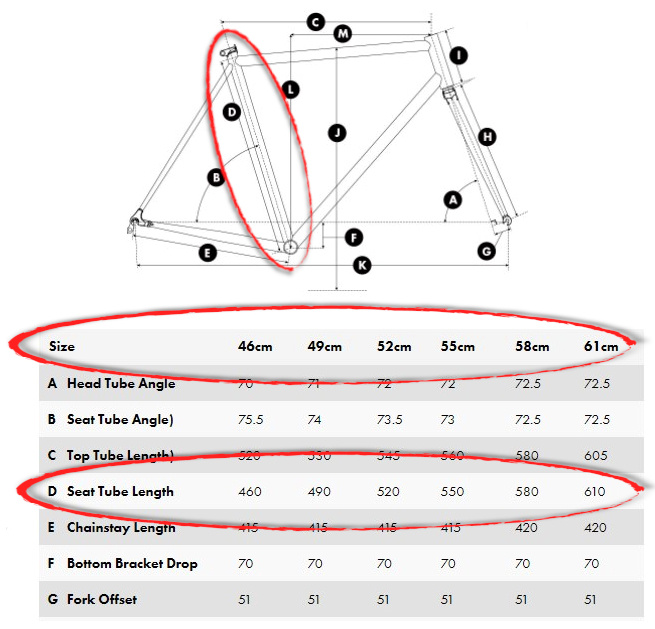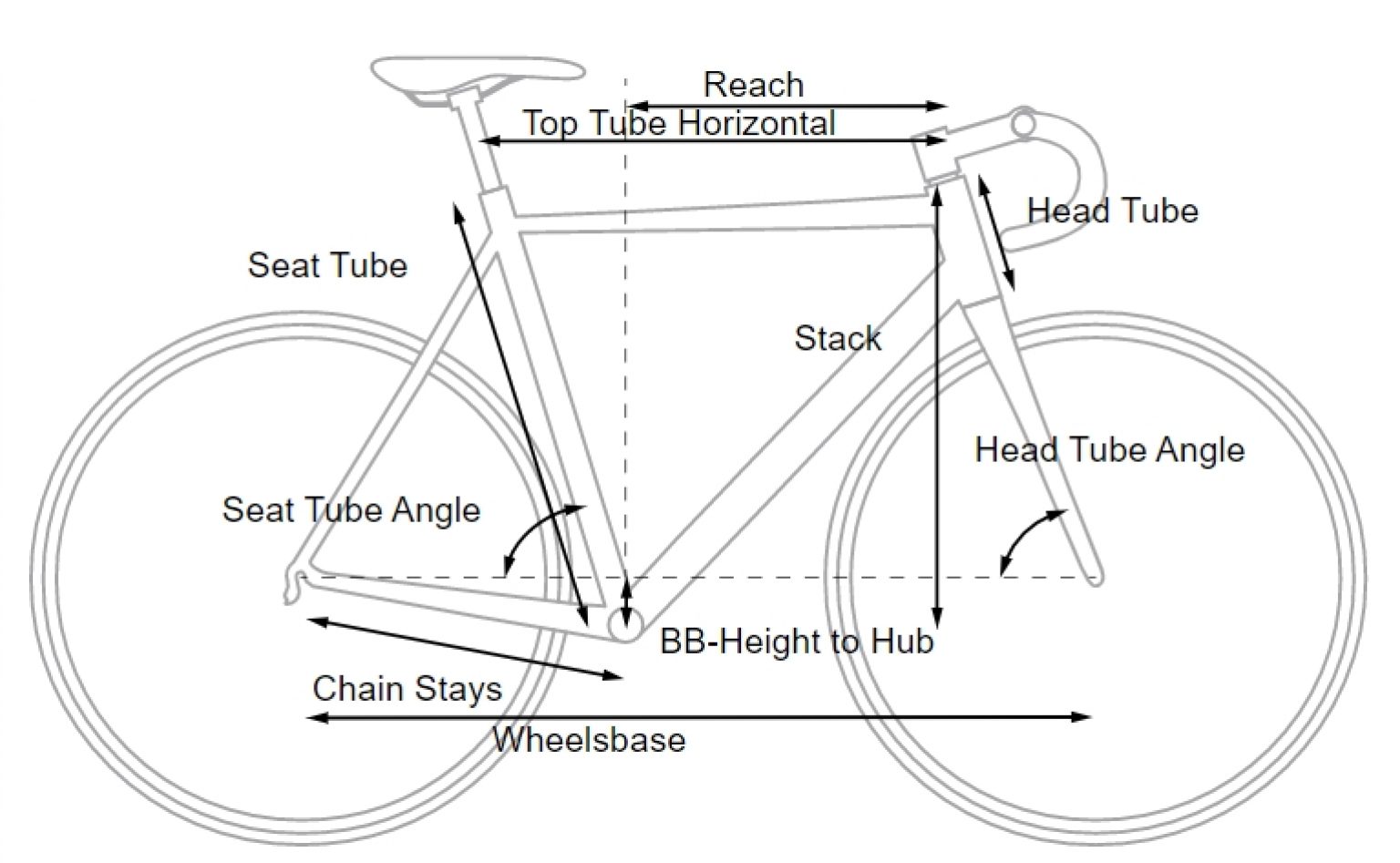Why Accurate Measurements Matter
Proper bike frame measurement is crucial for a comfortable, efficient, and safe ride. When a bike frame is correctly sized, it can improve a cyclist’s performance, reduce fatigue, and prevent injuries. On the other hand, an ill-fitting bike frame can lead to discomfort, pain, and even accidents. In fact, a study by the International Journal of Industrial Ergonomics found that a significant proportion of cyclists experience discomfort or pain due to poorly fitting bikes. This highlights the importance of understanding how to measure a bike frame accurately, as it can make all the difference in a cyclist’s overall riding experience. By taking the time to get it right, cyclists can enjoy a more comfortable, efficient, and safe ride.
Understanding Bike Frame Geometry
Bike frame geometry plays a crucial role in determining the overall fit and ride of a bike. It refers to the measurements and angles of the frame’s components, which work together to create a harmonious and efficient riding experience. Key components of bike frame geometry include the seat tube angle, head tube angle, and wheelbase. The seat tube angle, for instance, affects the rider’s position on the bike, with a steeper angle placing the rider in a more aggressive position. The head tube angle, on the other hand, influences the bike’s handling and stability, with a slacker angle providing more stability at high speeds. The wheelbase, which is the distance between the front and rear wheels, impacts the bike’s overall stability and maneuverability. Understanding how these elements interact is essential for finding a bike that fits comfortably and rides smoothly. By grasping the basics of bike frame geometry, cyclists can make informed decisions when selecting a bike, ensuring a perfect match between rider and machine.
How to Take Your Measurements
To ensure a proper bike fit, it’s essential to take accurate measurements of your body. This involves measuring your inseam, arm length, and torso length. Here’s a step-by-step guide to help you take precise measurements:
1. Inseam measurement: Stand against a wall with your feet shoulder-width apart. Place a book or ruler between your legs, level with the top of your inner thigh. Measure the distance from the floor to the top of the book or ruler. This will give you your inseam measurement.
2. Arm length measurement: Stand against a wall with your arms relaxed by your sides. Measure the distance from the top of your shoulder to your wrist. This will give you your arm length measurement.
3. Torso length measurement: Stand against a wall with your feet shoulder-width apart. Measure the distance from the base of your neck to your hipbone. This will give you your torso length measurement.
When taking these measurements, make sure to:
- Stand up straight and relaxed
- Use a flexible measuring tape or a ruler
- Take multiple measurements to ensure accuracy
- Record your measurements in inches or centimeters
By following these steps, you’ll be able to take accurate measurements of your body, which will help you find a bike frame that fits comfortably and efficiently. Remember, precise measurements are crucial in determining how are bike frames measured and ensuring a perfect fit.
Deciphering Bike Frame Sizing Charts
Once you have taken your body measurements, it’s essential to understand how to read and interpret bike frame sizing charts. These charts are provided by manufacturers to help cyclists find the perfect frame size based on their measurements. However, deciphering these charts can be overwhelming, especially for beginners.
A typical bike frame sizing chart includes a range of measurements, such as seat tube length, top tube length, and standover height. To match your measurements to the corresponding frame size, follow these steps:
- Identify your inseam measurement and find the corresponding seat tube length on the sizing chart
- Match your arm length measurement to the top tube length on the chart
- Compare your torso length measurement to the standover height on the chart
When using sizing charts, it’s crucial to avoid common mistakes, such as:
- Ignoring the manufacturer’s sizing chart and relying on general guidelines
- Failing to consider individual factors, such as riding style and terrain
- Not taking into account the type of bike, as different types of bikes have unique geometry and sizing requirements
By understanding how to read and interpret bike frame sizing charts, you’ll be able to find a frame that fits comfortably and efficiently. Remember, accurate measurements and proper sizing are critical in determining how are bike frames measured and ensuring a perfect fit.
Measuring a Bike Frame: A Step-by-Step Guide
Measuring a bike frame is a crucial step in determining the perfect fit. To ensure accurate measurements, follow this step-by-step guide:
1. Seat Tube Measurement: Measure the length of the seat tube from the center of the bottom bracket to the top of the seat tube. This measurement is critical in determining the ideal frame size.
2. Top Tube Measurement: Measure the length of the top tube from the center of the head tube to the center of the seat tube. This measurement affects the overall fit and comfort of the bike.
3. Head Tube Measurement: Measure the length of the head tube from the center of the top tube to the top of the head tube. This measurement impacts the bike’s handling and stability.
4. Wheelbase Measurement: Measure the distance between the center of the front wheel and the center of the rear wheel. This measurement affects the bike’s stability and handling.
When measuring a bike frame, it’s essential to:
- Use a flexible measuring tape or a ruler
- Take multiple measurements to ensure accuracy
- Record measurements in inches or centimeters
- Consult the manufacturer’s sizing chart to match measurements to the corresponding frame size
By following these steps and considering how are bike frames measured, you’ll be able to find a bike frame that fits comfortably and efficiently. Remember, accurate measurements are critical in determining the perfect fit.
Factors to Consider When Choosing a Bike Frame
When selecting a bike frame, it’s essential to consider various factors that impact the ideal frame size and geometry. These factors can significantly affect the comfort, performance, and safety of the bike.
Riding Style: Different riding styles, such as road racing, mountain biking, or commuting, require unique frame geometries. For example, road bikes typically have a more aggressive geometry, while mountain bikes have a more upright geometry.
Terrain: The terrain you’ll be riding on also plays a crucial role in determining the ideal frame size and geometry. For instance, bikes designed for rough terrain may have a longer wheelbase and a more relaxed geometry.
Personal Preference: Individual preferences, such as riding position and comfort level, can also impact the ideal frame size and geometry. Some riders may prefer a more upright riding position, while others may prefer a more aggressive position.
Body Type: Body type and flexibility can also affect the ideal frame size and geometry. For example, riders with shorter legs may require a shorter top tube, while riders with longer arms may require a longer reach.
By considering these factors, you can find a bike frame that not only fits comfortably but also meets your specific riding needs. Remember, how are bike frames measured is crucial in determining the perfect fit, and these factors can significantly impact the measurement process.
Common Mistakes to Avoid When Measuring a Bike Frame
When measuring a bike frame, it’s essential to avoid common mistakes that can lead to an ill-fitting bike. These mistakes can result in discomfort, poor performance, and even safety issues.
Incorrect Measurement Techniques: One of the most common mistakes is using incorrect measurement techniques. This can include using a flexible measuring tape incorrectly, failing to take multiple measurements, or not recording measurements accurately.
Ignoring Sizing Charts: Another mistake is ignoring bike frame sizing charts or failing to match measurements to the corresponding frame size. This can result in a bike that is too small or too large, leading to comfort and performance issues.
Failing to Consider Individual Factors: Failing to consider individual factors, such as riding style, terrain, and personal preference, can also lead to an ill-fitting bike. For example, a rider who prefers a more upright riding position may require a different frame size and geometry than a rider who prefers a more aggressive position.
Not Considering How Are Bike Frames Measured: Not understanding how are bike frames measured can also lead to mistakes. For instance, not knowing how to measure the seat tube, top tube, and head tube can result in inaccurate measurements.
By avoiding these common mistakes, you can ensure a proper bike fit that meets your specific needs and riding style. Remember, accurate measurements are crucial in determining the perfect fit, and understanding how are bike frames measured is essential in achieving this goal.
Getting a Professional Fit: When to Seek Expert Help
In some cases, measuring a bike frame and determining the ideal fit can be a complex process that requires expert help. If you’re experiencing fit issues, considering a custom bike build, or making significant changes to your riding style or goals, it may be beneficial to seek professional help from a bike fitter.
Complex Fit Issues: If you’re experiencing persistent discomfort, pain, or numbness while riding, a bike fitter can help identify the root cause of the issue and provide a customized solution. They can assess your riding position, flexibility, and body geometry to recommend adjustments to the bike frame or components.
Custom Bike Builds: When building a custom bike, a bike fitter can ensure that the frame is tailored to your specific needs and riding style. They can work with you to design a bike that meets your performance goals, comfort requirements, and aesthetic preferences.
Significant Changes in Riding Style or Goals: If you’re transitioning to a new riding style, such as switching from road biking to mountain biking, or setting new performance goals, a bike fitter can help you adjust your bike to meet these changes. They can assess your new riding style and recommend adjustments to the bike frame, components, or fit to ensure optimal performance and comfort.
By seeking professional help from a bike fitter, you can ensure a precise and customized fit that meets your specific needs and riding style. Remember, understanding how are bike frames measured is crucial in achieving a proper fit, and a bike fitter can provide expert guidance throughout the process.







